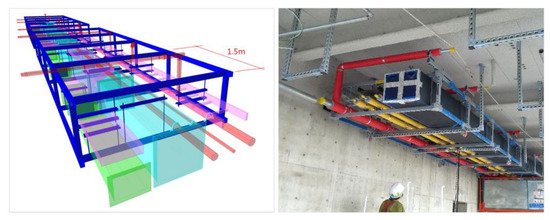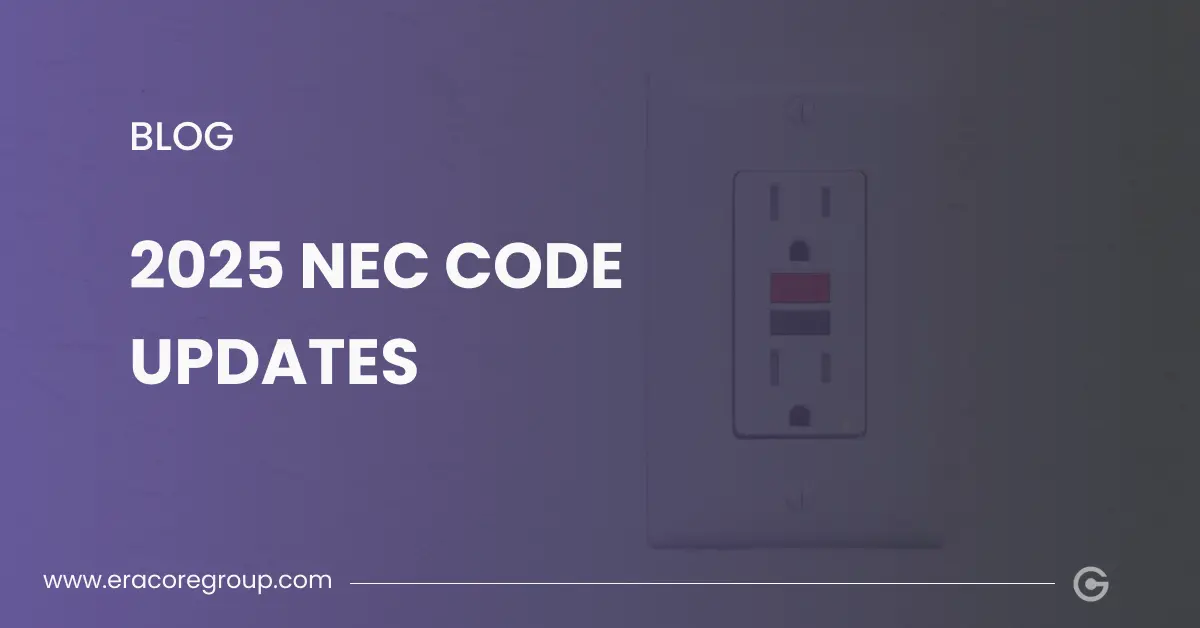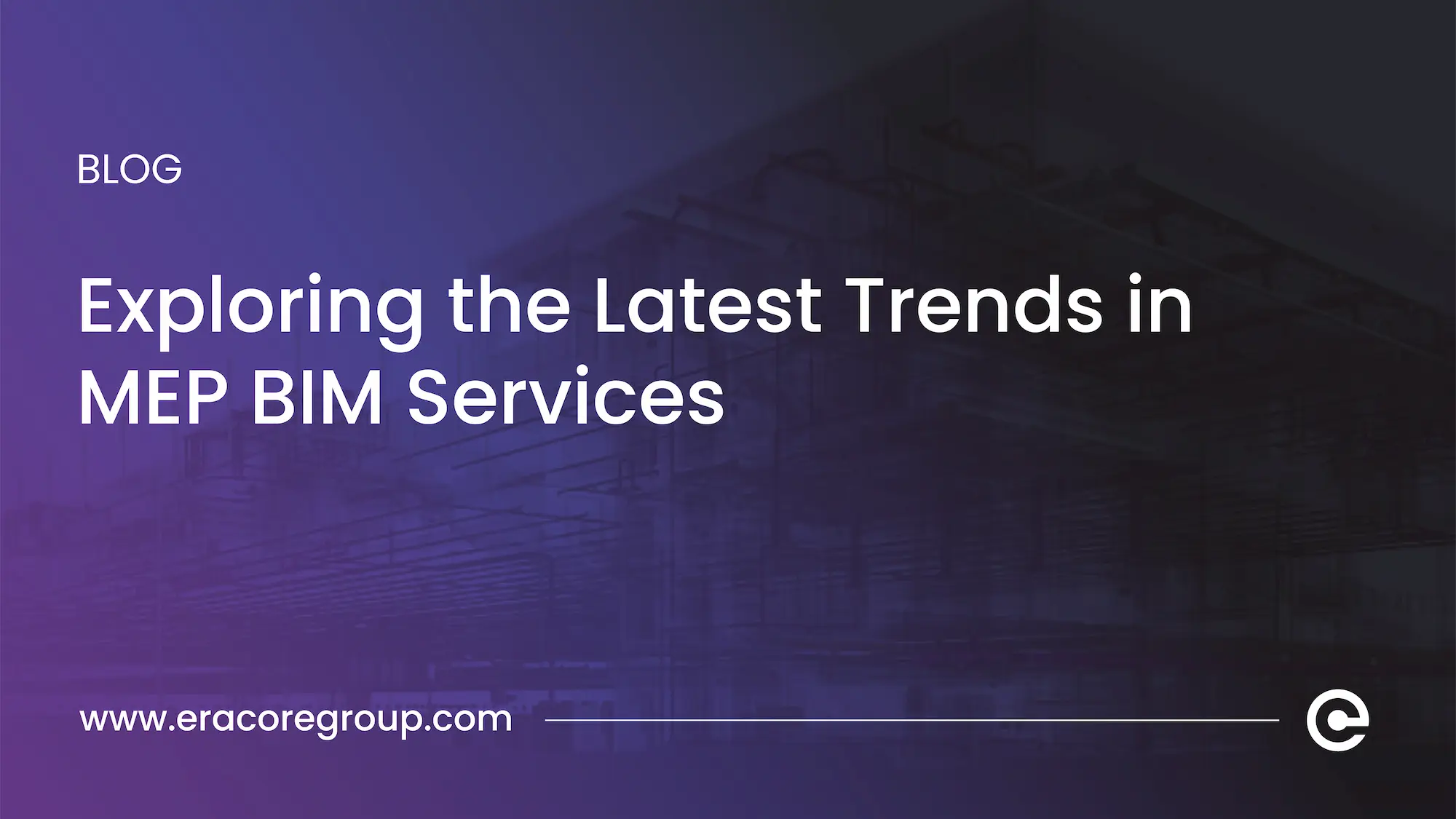In the modern era of environmental consciousness and sustainable development, reducing water usage in commercial buildings is more relevant than ever.
As building managers and owners look for innovative solutions, Building Information Modeling (BIM) has emerged as a game-changer, particularly in the realm of plumbing.
Plumbing BIM services are rapidly transforming the way we approach water management by integrating technology, efficiency, and sustainability.
Table of Contents
Understanding Plumbing BIM
Before delving into the specific ways Plumbing BIM reduces water usage, it’s essential to grasp what BIM entails. Building Information Modeling is a digital representation process, creating comprehensive, multi-dimensional models of physical and functional characteristics of buildings. When applied to plumbing systems, BIM provides an exhaustive overview of everything from pipework to fixtures, enabling advanced analysis and simulation.
Plumbing BIM services offer detailed designs, allowing engineers and architects to visualize and plan systems with incredible precision before any physical work begins. This upfront planning ensures that systems are both efficient and sustainable, aligning with broader building goals.
Enhanced System Design
One of the primary advantages of Plumbing BIM is its capacity to facilitate enhanced system design. By delivering an integrated 3D visualization of a building’s plumbing layout, BIM allows for meticulous planning that preempts potential problems. Engineers can optimize pipe routes, minimize material waste, and ensure water-efficient fixtures are used.
For example, through Plumbing BIM services, an engineer can test various configurations digitally to find the most efficient design with minimal water loss or unnecessary pipe length. This ensures that water is distributed effectively, reducing waste and enhancing overall system performance. It also means that when issues do arise post-construction, they can often be traced and resolved more quickly, preventing prolonged water loss.
Efficient Water Management
Beyond design, Plumbing BIM plays a significant role in effective water management. Detailed simulations enable engineers to evaluate water flow rates, pressure levels, and consumption patterns. This information is invaluable for devising systems that are not just efficient on paper but operate optimally in real-world conditions.
Moreover, Plumbing BIM services can integrate smart technology elements, allowing for real-time monitoring and prompt adjustments. Suppose a commercial building experiences an unexpected spike in water usage. In that case, BIM-integrated smart systems can alert facilities managers to investigate and address leaks or system inefficiencies before they escalate.
Predictive Maintenance and Timely Repairs
Another significant benefit of Plumbing BIM is its aid in predictive maintenance and timely repairs. By providing a comprehensive data set of the plumbing infrastructure, building managers can easily identify areas prone to wear and tear before they become problematic. Scheduled maintenance can then be performed proactively, which helps in mitigating potential leaks and bursts that would otherwise lead to excessive water waste.
Predictive analysis using BIM data also means the life span of the plumbing systems can be extended, as items can be repaired or replaced before catastrophic failure. This approach not only conserves water but also saves on the cost and resource expenditure of emergency repairs.
Integration with Sustainable Practices
Adopting Plumbing BIM services isn’t solely about addressing water usage during a building’s operational phase. Technology also supports integrating broader sustainable practices from the get-go. Models can incorporate sustainable materials or systems that rely on less water, like low-flow toilets and faucets or advanced irrigation solutions for green spaces.
BIM encourages collaboration across disciplines, ensuring sustainable initiatives are woven into the building’s very fabric. Designers, engineers, and stakeholders can seamlessly coordinate to incorporate innovative water-saving devices and practices into every project phase, from planning to execution.
Case Studies: Success Stories
Numerous case studies reinforce the profound impact of Plumbing BIM on reducing water usage in commercial settings. For instance, a recent project in a Californian high-rise office building resulted in a 30% reduction in water consumption compared to traditional design approaches. By leveraging Plumbing BIM, the design team identified excessive pressure zones and optimized the system with efficient fixtures and an intelligent leak detection system.
Similarly, in a large hospital construction project in Europe, Plumbing BIM services allowed the integration of a rainwater harvesting system, reducing reliance on municipal water supply by 20%. Detailed simulation facilitated the optimal placement and sizing of tanks, ensuring sufficient water supply for non-potable applications throughout the year.
The Future of Plumbing with BIM
As we look toward the future, the role of Plumbing BIM in sustainable building practices is set to expand. As technology advances, its integration with IoT (Internet of Things) and AI (Artificial Intelligence) tools will further enhance water management capabilities. Intelligent systems will drive the next wave of efficiency, detecting leaks, predicting system failures, and optimizing water use without human intervention.
With increasing emphasis on green building certifications like LEED and BREEAM, Plumbing BIM services will be a cornerstone for achieving water efficiency credits. By investing in such technologies early, commercial building owners can not only reap financial savings but also contribute significantly to broader environmental goals.
Final Words
In conclusion, Plumbing BIM services represents a pivotal shift in how we approach water management in commercial buildings. Offering profound insights into plumbing systems, BIM technology optimizes design, ensures efficient water use, and facilitates sustainable practices.
As commercial properties continue to grow in complexity and environmental standards heighten, the adoption of Plumbing BIM is not just advantageous but essential. By harnessing the power of BIM, stakeholders can ensure they are crafting structures that are not only functional and profitable but also responsible stewards of our most vital resource: water.
Switch to Eracore’s Plumbing BIM Services today and take your water management design to perfection, ensuring a future where every drop counts.






